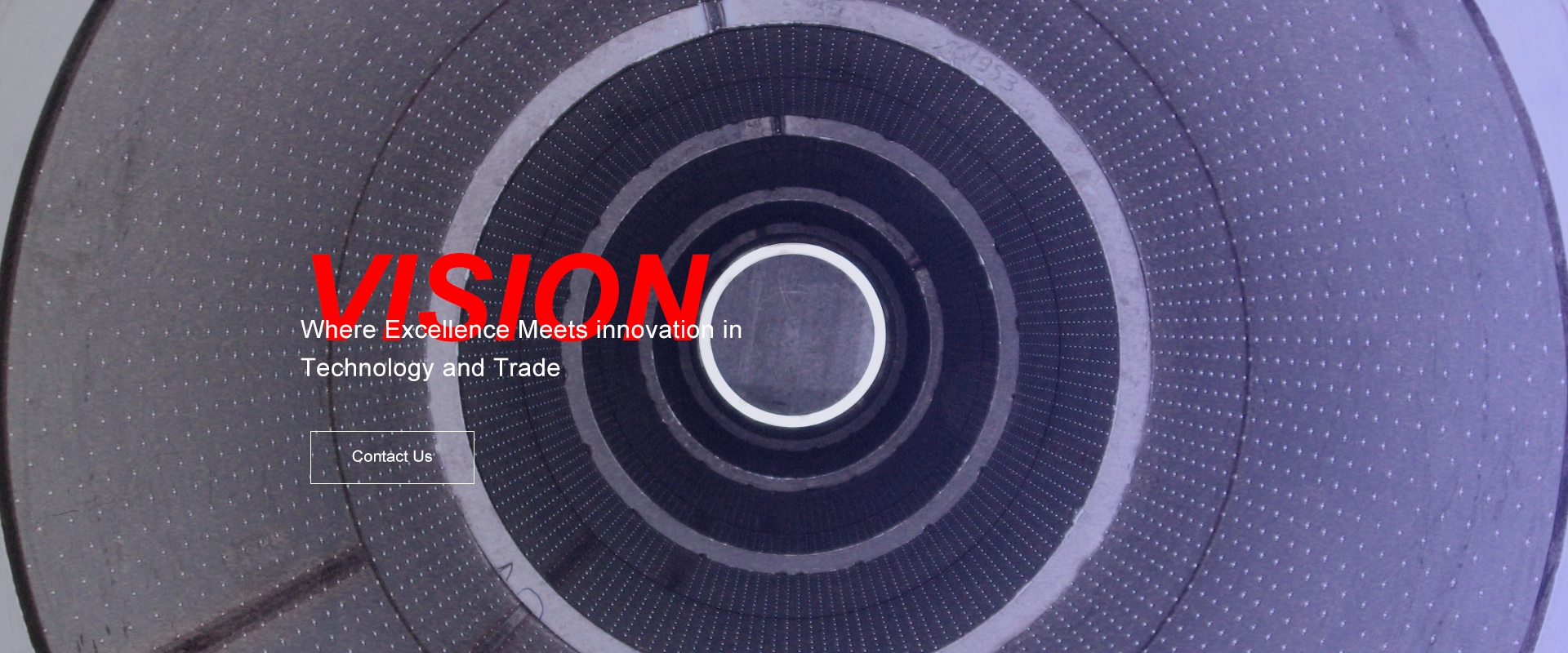Quick Links
Products
Contact Now
copyrights © Ekaislot
Website Support: Mingxin
3153-3 Lvxiang Village, Jinshan District, Shanghai
No.1, Sanqiang Road, Rugao City, Jiangsu
Tel: +86 13651755429;+86 13916961821
Email: ys.zhu@ekaislot.com;zsy@ekaislot.com





